Native advertising is a form of advertising that matches the form and function of the platform on which it appears. In other words, it looks and feels like the content around it. This makes it less intrusive and more likely to be seen as a trusted source of information by the viewer.
There are several types of native advertising, but all share the common goal of driving engagement by providing a more seamless user experience.
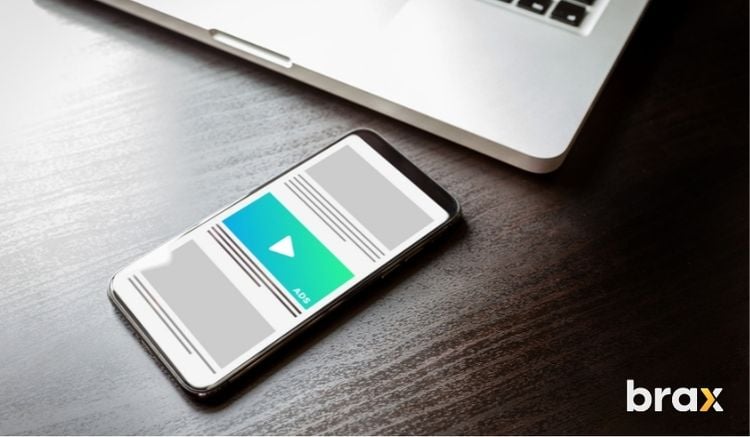
If you've only just started running native advertising, then you should know that the most common type of native ad—the in-feed ad—is not the only one available.
In fact, there are several native ad formats that you can try!
For the purpose of making it clear, though, we will not be including social media ads and search results ads in this list of advertising formats (though technically, some of them are native advertising because they blend into the environment). These two ads are lumped with other advertising types for the purpose of making digital advertising a seamless experience for all users.
1. In-feed ads
In-feed ads are the most common type of native advertising, appearing in the main body of the content on a website or app. This native ad format is typically composed of an image, headline, and short description, and can be mixed into the surrounding content or placed alongside it.
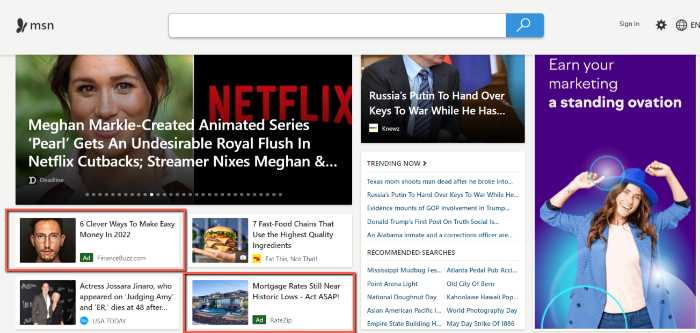
The native ad unit is typically displayed between pieces of editorial content, such as articles or videos, and uses the same look and feel as the site's native content.
This type is common among social media platforms and some publishing websites, too.
In-feed ads can be effective in driving brand awareness and engagement, as well as sales and leads. However, they can also be easily ignored by users if they are not relevant to the surrounding content. As such, it is important for advertisers to carefully select publishers that reach their target audience and deliver high-quality content.
2. Recommendation widgets
Recommendation widgets are native ad units that display recommended content from a publisher’s site or app. This can include related stories, articles, videos, or products that are similar to the one being viewed.
These types of native ads are typically placed at the bottom or on the sides of a publisher’s content and can be identified by the "sponsored" or "advertisement" tag shown on any of its corners.
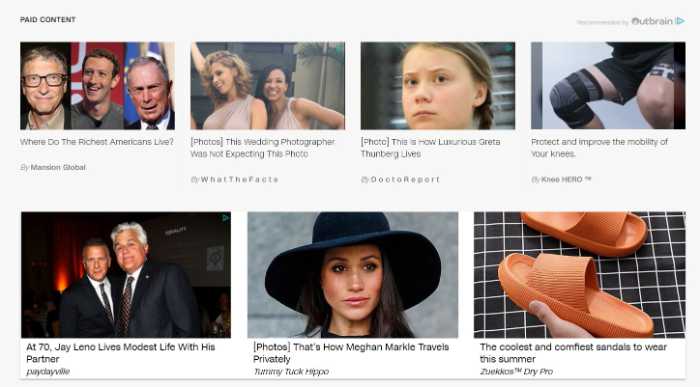
Like in-feed ads, recommendation widgets are designed to match the existing style and layout of a site’s content. This helps them blend in naturally with the rest of the platform while still promoting relevant offerings.
However, unlike in-feed ads, this related stories format tends to draw more attention as they usually appear after the user has consumed the content (e.g. the user has finished reading the article) and is hungry for more.
Furthermore, recommendation widgets are designed to look like related articles that the user might be interested in viewing.
3. Branding Video or Native Video Ad
Video ads are one of the most popular types of native advertising, especially on sites with video streaming capacity. Although, it can sometimes be placed within the content or on the sidebar or a webpage.
They can be in the form of pre-roll (before the main video content), mid-roll (during the video), or post-roll (after the video). They can also be stand-alone videos.
Pre-roll videos are usually skippable after 5 seconds, while mid-roll and post-roll videos cannot be skipped.
The key difference between a branding video and a native video ad is that a branding video is mostly used to raise awareness about the product, while a native video ad aims to drive conversions.
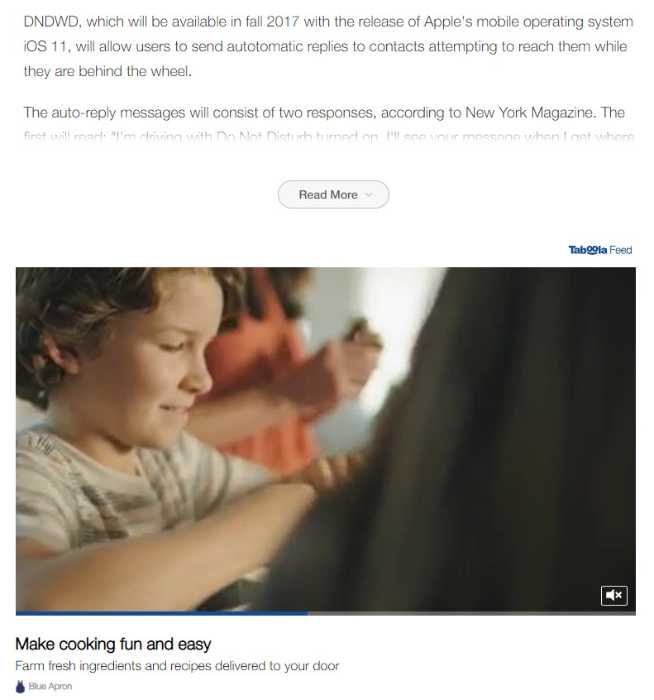
4. Native Carousel Ads
Carousel ads are another type of native advertising format that allows users to scroll through multiple images, videos, or pieces of text at a time.
Typically used in content-based platforms, carousel ads allow advertisers to showcase several products or messages in one ad unit, which can be highly effective in increasing engagement and conversions.
Unlike traditional display ads that are static and only show one message at a time, carousel native ads provide greater flexibility by allowing users to engage with the content in different ways. For example, they can swipe through the images of a product catalog or read through a series of articles related to their interests.
While it can be advantageous to use this ad format as it already contains Call-to-Action buttons and you can feature multiple aspects of your product, its effectivity as a native ad diminishes because it already has the feel of banner ads (which we know some people absolutely hate and lead to ad blindness).
As much as possible, do not be overly promotional using this native advertising format unless you are promoting on a publishing website that has the look and feel of an eCommerce platform or a product recommendation website.
5. In-article Ads
In-article native ads are native advertising units that are placed within the body of an article.
They come in various forms, such as text links, images, or videos, and are typically inserted into the middle of the content. These types of ads often feature relevant information related to the topic at hand, allowing them to feel like an organic part of the content.
In-article ads are a great way to promote content that is relevant to the article itself, as they provide context and help improve the user experience. However, they can also be easily ignored if they are not well-placed or if they do not match the surrounding content.
Its main difference with in-feed native ads is that this one shows up right in the middle of the article the user is reading. It is not a banner, though, but a simple related content recommendation with image and text.
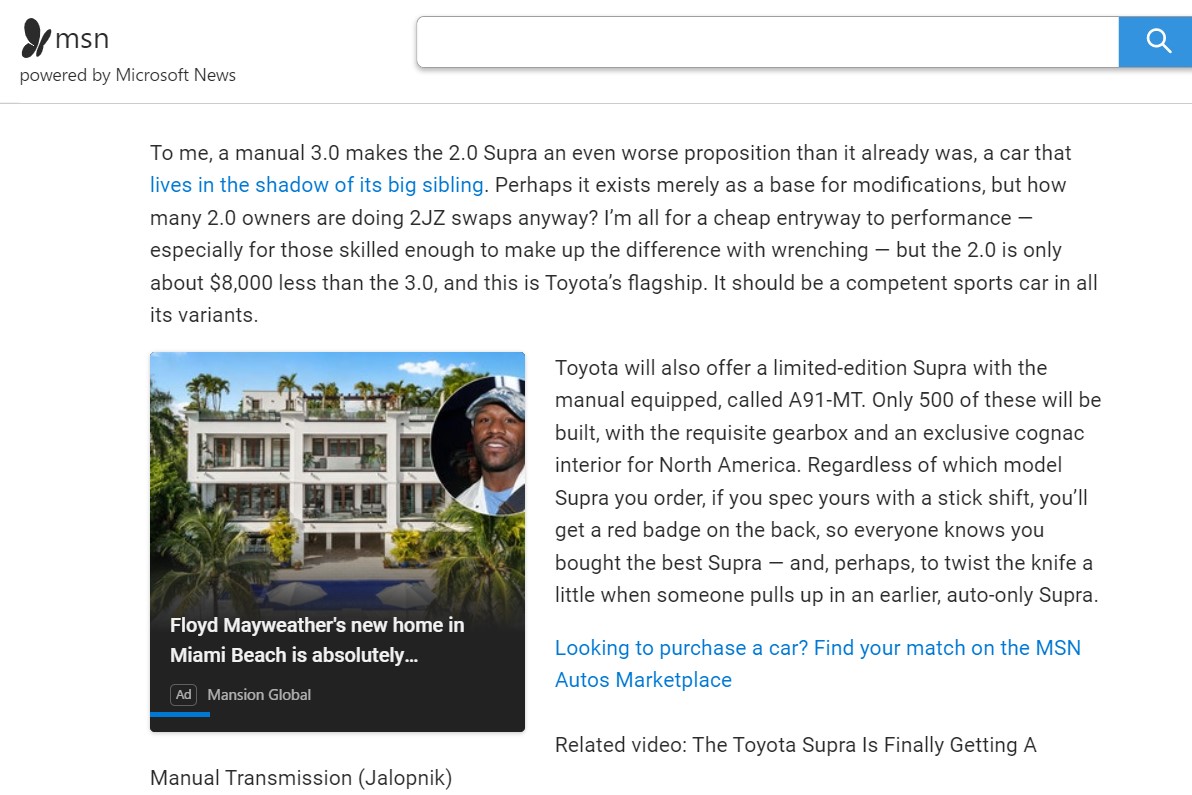
6. Branded Content or Sponsored Content
Branded or sponsored content is another type of native advertising that has become very popular in recent years.
Unlike traditional display ads or other forms of paid advertising, branded content is designed to look and feel like the rest of the platform's editorial content. This makes it a more seamless experience for users and helps them better connect with the brand.
Branded content can take many different forms, such as blog posts, articles, videos, images, infographics, and more. It typically focuses on highlighting the product or service being promoted in a way that aligns with the tone and style of the site where it is published.
While sponsored content can be an effective marketing tool if done well, it should always be clearly labeled as sponsored or paid content to avoid deceiving users.
Unlike other native ads, though, this form of native ad is not always readily available on native advertising platforms. In order to get your content published, you must first reach out to your target publishing website.
You will then have to double-check whether you must prepare the article to be published on the website or if someone on the publisher's side will prepare it so as to maintain the tone and style of their editorial team. Keep in mind that if they are the ones to create the article, the cost of publishing your branded content will undoubtedly be higher.
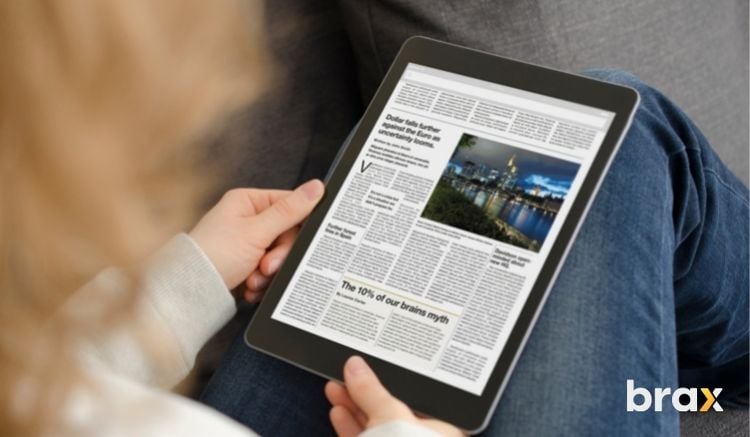
7. In-app Native Ads
In-app native ads are a type of native advertising that is shown within a mobile application.
Just like other forms of native advertising, in-app native ads are designed to match the look and feel of the app where they are being displayed. This makes them less intrusive and more seamless for users, which can help increase engagement and conversions.
In-app native ads come in many different forms, such as text links, images, videos, or even interactive elements like polls or quizzes. They can be placed anywhere within the app, such as on the home screen, in the middle of content, or in a dedicated space for advertisements.
While in-app native ads can be very effective, they are also one of the most challenging types of native advertising to get right. This is because there are a lot of potential design and placement issues that can arise.
For example, if an ad is placed in the middle of content, it could disrupt the user experience or be ignored altogether. Similarly, if an ad is not well-designed, it could stand out in a negative way and turn users off from your brand.
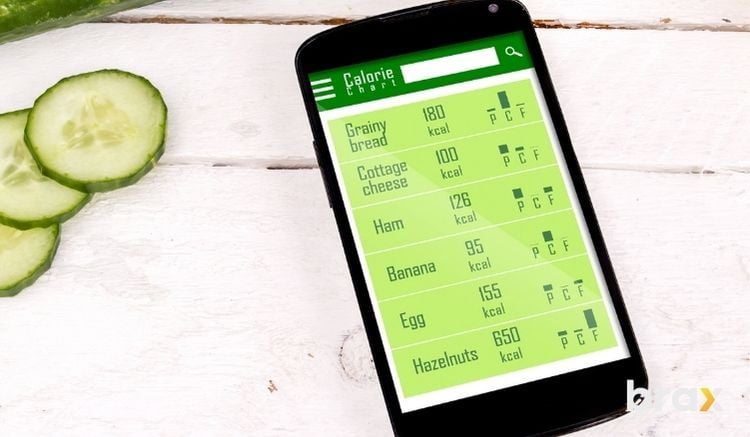
8. Promoted Listings or eCommerce Listings
Promoted listings or eCommerce listings are a type of native advertising that is commonly used by online retailers.
As the name suggests, promoted listings are simply product listings that have been given special prominence on the site. This can be done in a number of ways, such as by featuring them at the top of the search results, highlighting them in a dedicated space, or even giving them their own dedicated page.
The goal of this native ad format is to increase visibility and click-through rates for specific products. This, in turn, can lead to more sales and conversions for the retailer.
While promoted listings can be very effective, they also come with a few challenges. First, they can be very expensive, especially if you are paying for a prominent placement on a major eCommerce site.
Additionally, it can be difficult to get your products featured in promoted listings if your brand is not already well-known or popular. This means that you may need to invest in other forms of marketing, such as paid advertising, in order to increase visibility before trying this strategy.
Give one of these native ad formats a try!
Now that you know a little more about the different types of native advertising, it's time to start testing them out for yourself. The best way to see which format works best for your business is to simply try them all out and see what happens.
Don't be afraid to experiment with different placements, designs, and messaging. As long as you are transparent about the fact that the content is sponsored, users will be more likely to engage with it.
Keep in mind though that not all native ads platforms have everything we've listed above. Some of them have only the most common ones like in-feed ads, recommendation widgets, and video ads.
If you need help, send us a message and we'll be happy to assist! Our team is experts in the field of native advertising, and we can help boost your brand.
So what are you waiting for? Start experimenting with native advertising today!

